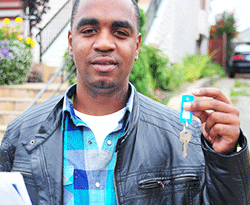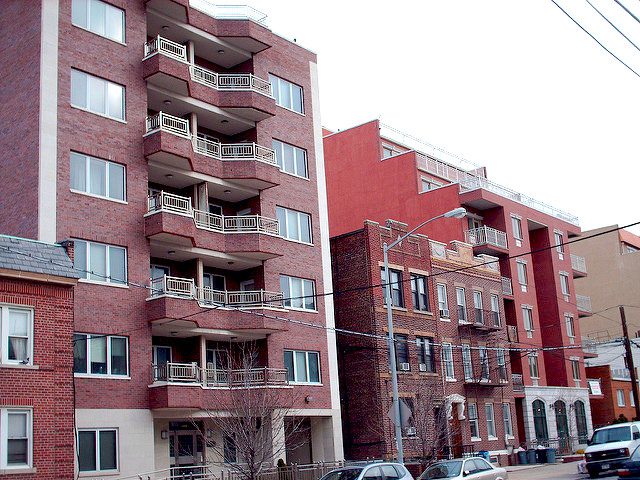
Article
An Opportunity Century? Election 2012, Social Justice, and America
What lessons do the 2012 election results hold for those of us who are committed to expanding opportunity and protecting human rights?
200 Results Found for

Article
What lessons do the 2012 election results hold for those of us who are committed to expanding opportunity and protecting human rights?

Article
Earlier this year, the County of Santa Clara announced an innovative approach to addressing the housing resource problem. In July, the County launched “Project Welcome Home,” a PSH program financed through a cross-sector Pay for Success (PFS) contract.

Article
This is a project you truly have to see to believe. Artist Matthew Mazzotta, the Coleman Center for the Arts, and community in York, Alabama, collaborated to transform a blighted […]

Article
The new Congress will be enacting major new legislation, and it’s vital that community development leaders retain our tenacious optimism as we move forward.

Article
When the conversations surrounding the Michael Brown and and Eric Garner cases were at their strongest late last year, Shelterforce conducted a survey, asking our readers how they felt about the relationship between law enforcement and the communities in which they work and live. The answers we received ran the spectrum, from “Police presence is […]

Article
If you think what’s wrong with CDCs today is their failure to “go to scale,” you are looking in the fundamentally wrong direction, asking the wrong questions. While I do […]

Article
In 2018, the Family Self-Sufficiency Program was expanded to privately owned properties receiving project-based rental assistance. Here’s a look at how early adopters have used the program to support residents, and the lessons they learned along the way.

Article
Have we lost faith in our friends? Results driven standards killed a system meant to help in ways beyond the quantifiable. We need trust to revive the model.

Article
There is a data geek Internet flame war going on between Sam Wang of the Princeton Election Consortium and Nate Silver of fivethirtyeight.com over 2014 election projections. Evidence of the confrontation can be found here, here, and here. My research interests (such as they are) tend more toward demographic analysis, and I am far from […]

Article
Hurricane Maria’s toll on the mental health of those who moved, a forever home for artists in New York City, Greenwich CT is stressed out, Love a vacant lot, A federal watchdog shouldn’t watch itself, Social isolation remedies, more.

Article
Is it more important to have mixed-income buildings, or to give more people access to mixed-income neighborhoods?

Article
Homeowners in community land trusts (CLTs) across the nation continue to have substantially lower delinquency and foreclosure rates than owners of market-rate homes, according to survey results released recently by […]